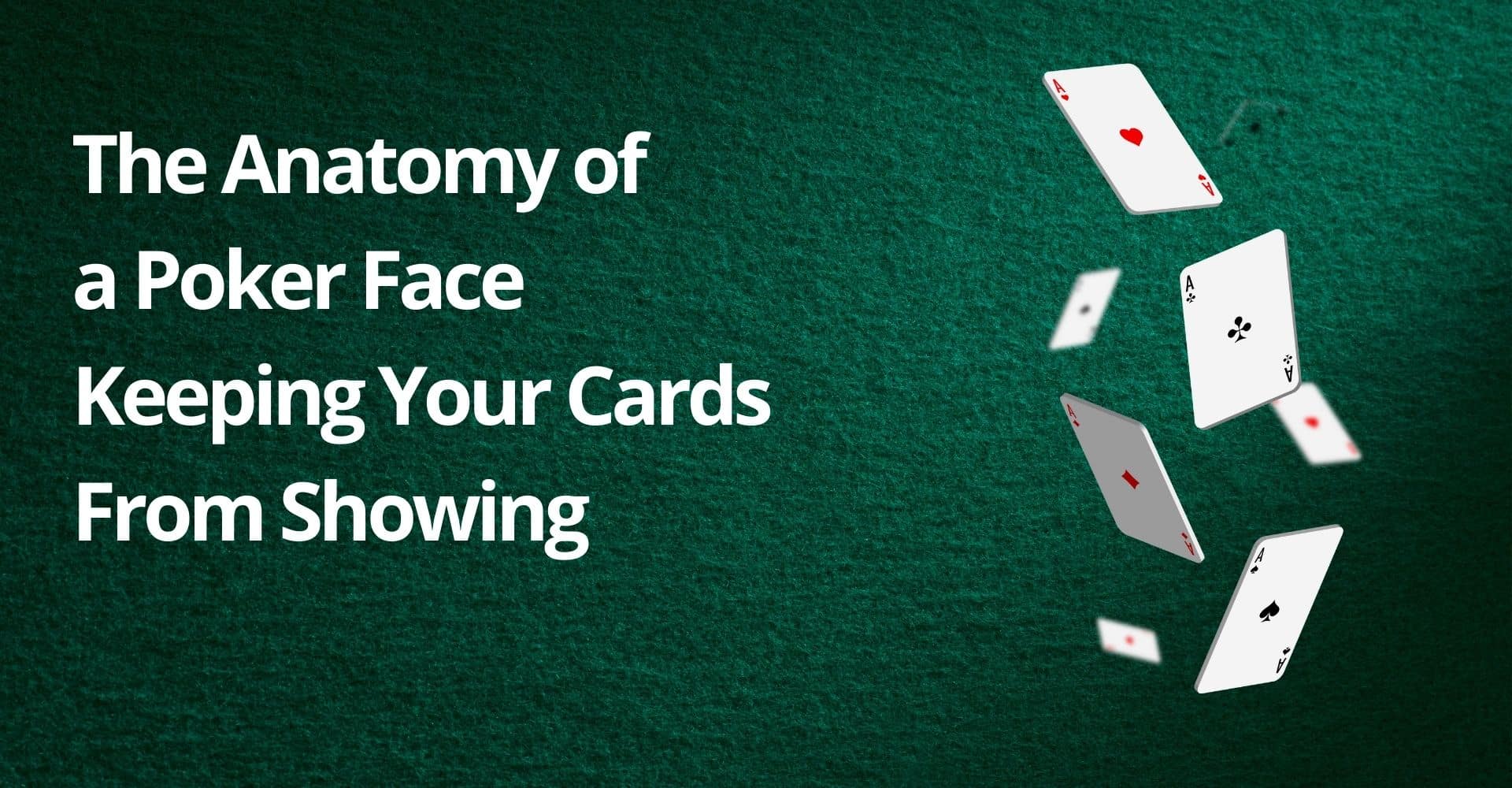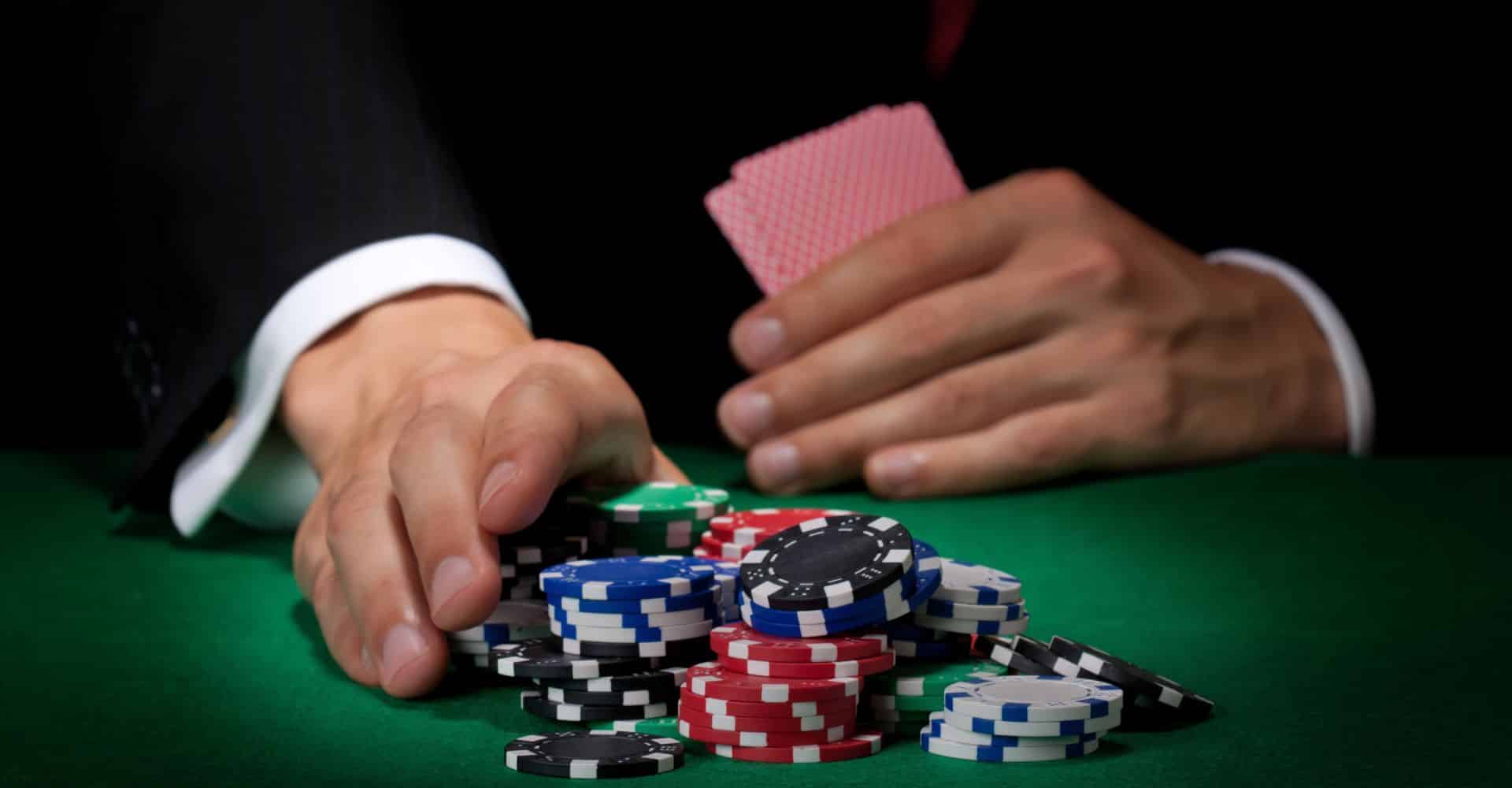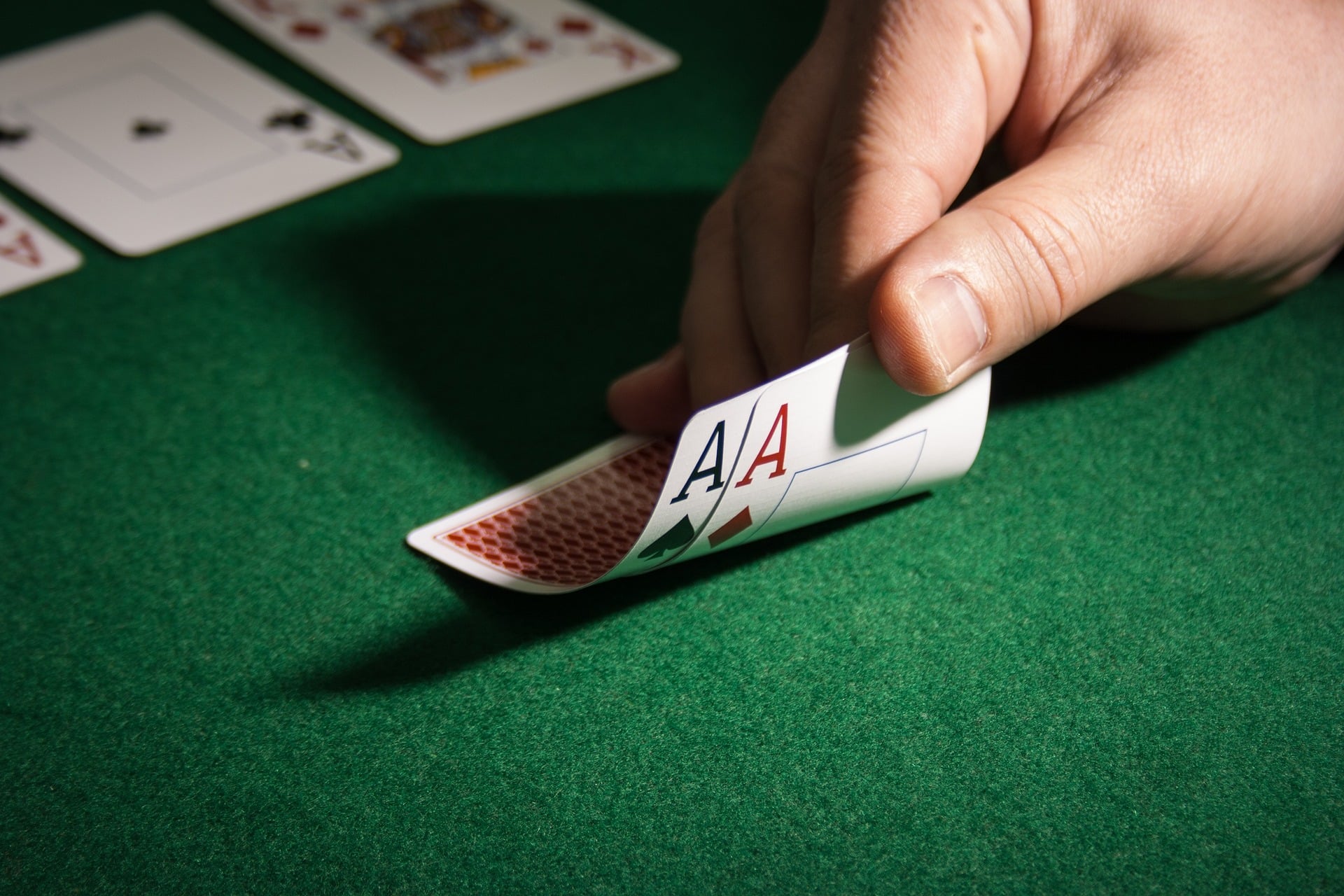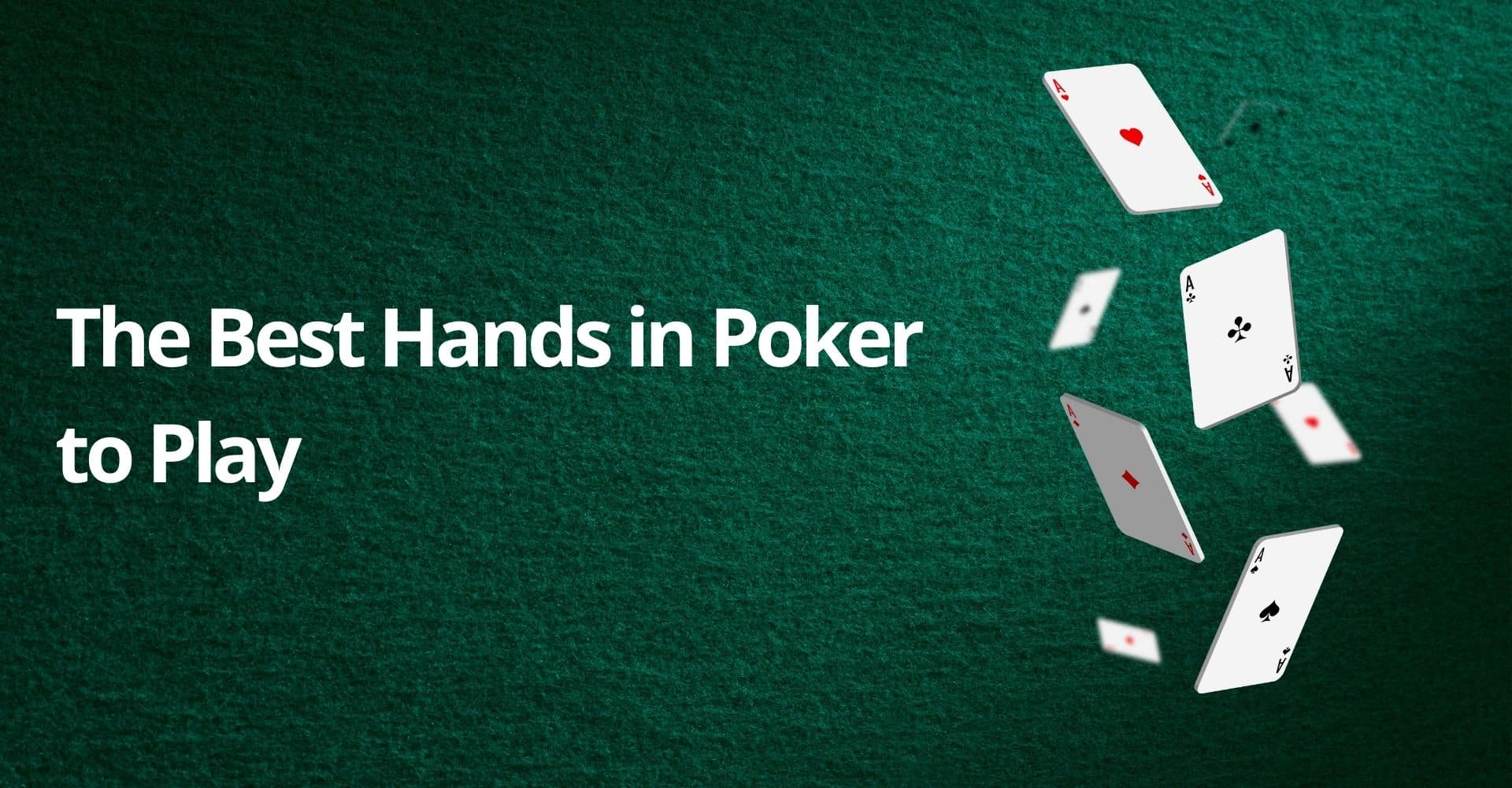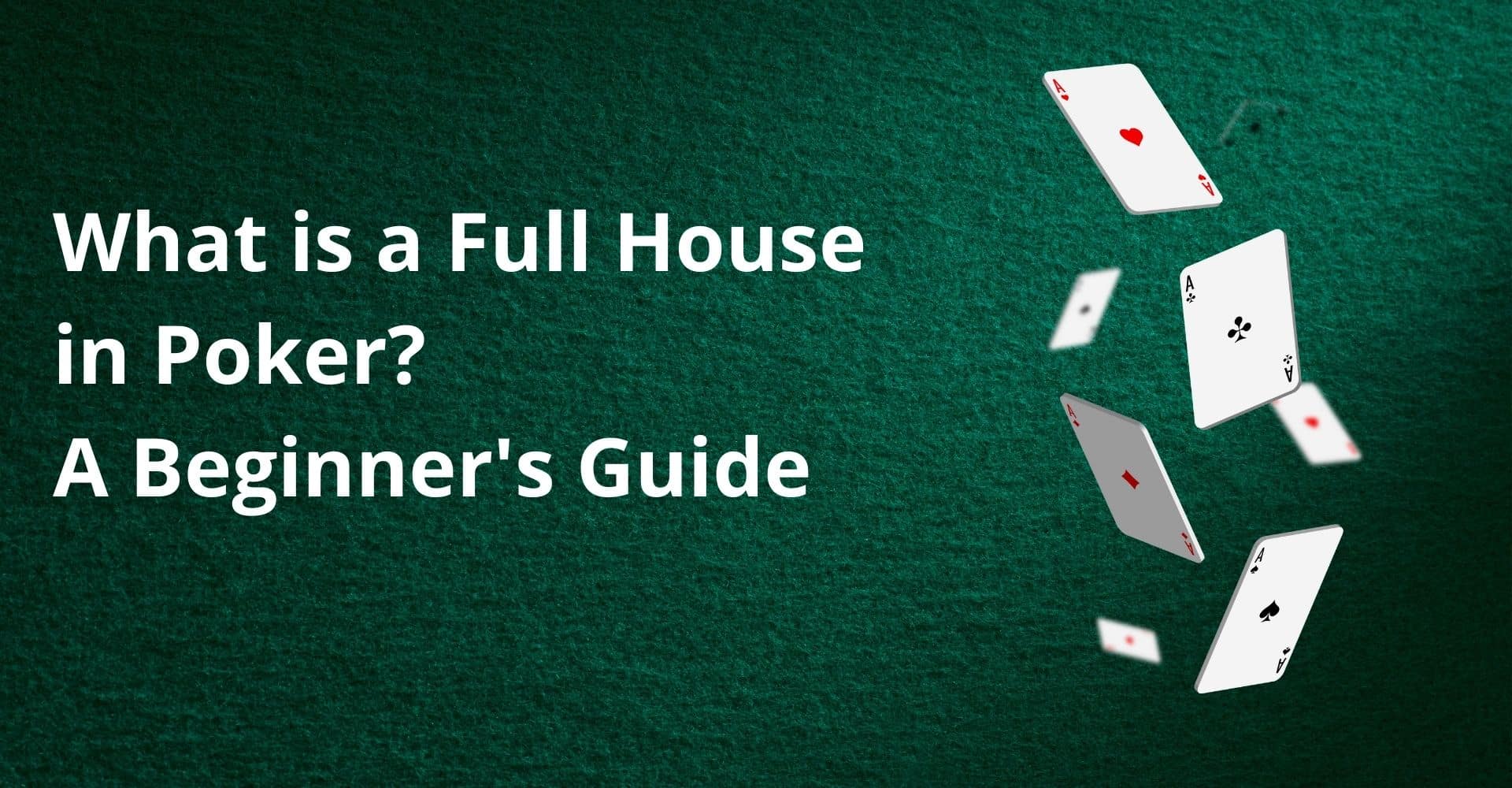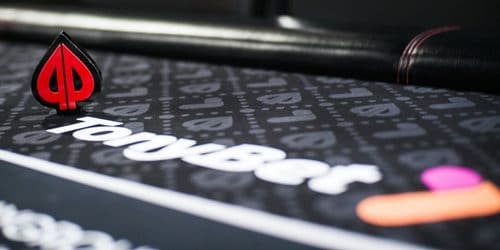“If I told you my real name,” the charming face of James Bond said, “I’d have to kill you.” But, of course, most poker players don’t speak with a British accent. And most of us aren’t spies with a license to kill. But his words insinuate the analogy between keeping your cards from showing and being an open book to other players. Being able to control your “poker face” could sometimes be the difference between winning and losing in a poker game.
Revealing The Secrets of a Poker Face
Why do some players always have a straight face as if they know something we don’t? Are they playing cards with the devil? The answers are NO and NO. Behind every look, every poker player has a strategy. While the other players are cracking under pressure and giving everything away, others are putting on their best masks so no one can tell what cards they are holding.
Whether you play online or in a casino, your emotions are visible in your behavior and your face, even if you do it unconsciously. For example, you know your cards and are unsure of your opponents, creating tension within the game. Fortunately, while playing online, no one sees it, but you can’t see your opponents either.
Poker is, on the surface, a game of chance and the unexpected. But the game becomes more than that; at its core, it is dominated by skill and strategy. One comes from hiding information, making your opponent uncertain of your cards, and exploiting their uncertainty to your advantage.
It’s easy to get caught up in what’s happening at the table and give off information without knowing it. However, the anatomy of the poker face is simple. Throughout history, body language experts have shown that several gestures are typical for people who are bluffing or showing their best poker face.
What is a Poker Face
It depends on whom you ask and the context in which you ask them. The earliest reference for the term poker face was from about 1870, in a book that explained the rules of poker. After that, people used the phrase to describe a face that reveals no emotion (possibly, no tells).
In other words, a mysterious face reveals no hint of a person’s thoughts or feelings. But let’s define the term: In a poker game, bluffing is a form of misdirection in which you play strong cards but do not follow through on them when it is your turn to bet.
To pull this off successfully, you must have a blank face, otherwise known as the poker face. The expression is so well known today that when someone mentions it, we automatically visualize a set of features devoid of all expressions.
A poker face is the opposite of what one might expect in poker games. A straight face isn’t just the expressionless stare of someone with nothing to lose—it’s the ability to conceal any emotion you’re feeling.
These are often associated with excitement when having a good hand or the fear that the opponent has a better one. It’s important to maintain composure whether or not you have a good indicator because your opponent will use it to their advantage.
How to Have a Poker Face – 3 Easy Techniques
Maintaining a poker face can help you control the game and make your opponents more nervous about their chances of winning. Your poker face is a metaphor for emotional control.
You can manage your emotions and reactions so that no one can tell what you’re feeling or thinking by looking at your body language or facial expression. The more skilled you are at controlling how others perceive you, the more likely it is that they’ll make mistakes in their decision-making, and these mistakes will benefit you!
In the end, it’s important to remember that a poker face is not just a way of hiding your emotions but also one of controlling them. If you can master this technique, you will have an essential skill that will help you succeed in all aspects of life, not just poker!
Identify your propensity while playing poker.
The first step in developing a poker face is identifying how your body can give away information about your hand. Besides the obvious signs, you might be telling more than you know.
For example, some people stare at the chips when a card they like is dealt. If you know when you’re weak spots that can reveal your cards to the opponent, you’ll be able to better control those emotions while playing.
Disconnection from surroundings can help you focus and calm down.
Dissociation is a way to separate yourself from your emotions. It’s a way of distancing yourself from the situation to focus on the task. This can help you stay calm in stressful situations and make decisions based on logic rather than emotion.
Speaking to elicit the desired response
Since a game of poker is a highly social type of game, many professional players use speech to rattle their opponents. It’s called table talk, and it’s more than chit-chat. It is a form of art. That’s because the other player is trying to elicit a response. Whichever way you react can hint at the information on your hand. So, if you are unsure of your table talk skills, it’s best to stay silent.
6 Types of People Who Can’t Hold a Poker Face
Have you ever heard that someone has a poker face personality? It’s not the same. It’s just that some people are better at keeping their emotions in check. Emotions and reactions are normal. They are a part of human makeup. But, the people who can reign in on their feelings are natural for putting on a poker face. If you ever met an introvert at a party, you might have seen them trying hard to stay calm, but inside they are screaming.
On the other hand, you have people that are an open book. They are trying hard but can’t keep their emotions in check. You can see their face painting an expression of their inner feelings. Most of them do not notice, while others don’t even try to hide them.
Jealous
Jealousy is often described as a negative emotion. Because at some point, it can be destructive. Jealousy can lead to insecurity or rage when someone else gets something you want, which drives you to take revenge on your rival, especially in poker.
Anxious
Anxious people often worry about the future because they can’t relax and enjoy the moment. They often think about things that haven’t happened yet and worry whether they’ll do well enough to get what they want from these situations. That causes them to drop all guards and show their true faces.
Emotional
One type of person who can’t hold a poker face is emotional. Emotional people get affected by their feelings quickly and become distracted. However, emotionally-charged people also tend to be honest, direct, and sincere, so much so that they can’t hide their feelings and will show them to the world.
Overwhelmed
Suppose a person is easily overwhelmed because you cannot limit the number of things going on at once. Having less on your plate will allow you more time and energy to devote toward maintaining an unflappable expression!
Turbulent
Turbulent people are highly emotional and often struggle to control their emotions. They’re also quite sensitive to their environment, which means the slightest changes can influence them. They are easily influenced by other people and situations, which result in powerful emotional reactions in the heat of the moment with dramatic oscillations.
How to Read a Poker Player’s Face
It’s essential to know how to read your opponent’s face. You can learn how to read facial expressions, body language, and other nonverbal cues that might tell you what cards your opponents are holding. To do this effectively, you’ll need to focus on four main areas:
Reading the posture
You can also read a player’s hand by watching their posture. For example, players often sit up straight, appearing more focused and intense than usual. A player’s posture is essential for reading their hand because it reveals a lot about confidence level. For example, if a player is tight, they may want to present themselves as invisible. It’s a great tell that something is going on, especially if they did not behave that way.
Reading the behavior
Reading the behavior of a poker player is just as important as reading their cards. A poker player’s behavior can tell you what they have, their position, and how likely they are to fold their hand. If you were playing poker against someone sitting still and staring at the table all night long and suddenly starting fidgeting with chips, especially after the hand was dealt. It’s a sure sign that they have a winning hand. The opposite behavior means their cards are bad.
Reading into hasty bets.
When someone is making a hasty bet, you can often get an idea of what type of hand they have by looking at their face. If it’s a good hand, they’ll have confidence in their play and might even be extremely sure about their chances and making that bet.
Poker Face Conclusion
It is almost impossible to remain expressionless in a game of poker. Sounds easy, but the truth is that a poker face doesn’t necessarily mean good cards or a lack of emotion. Every player has their way of masking their feelings, and each has their tell. When you can read the other players’ tells, you will get a better gauge of who has what in their hand.

